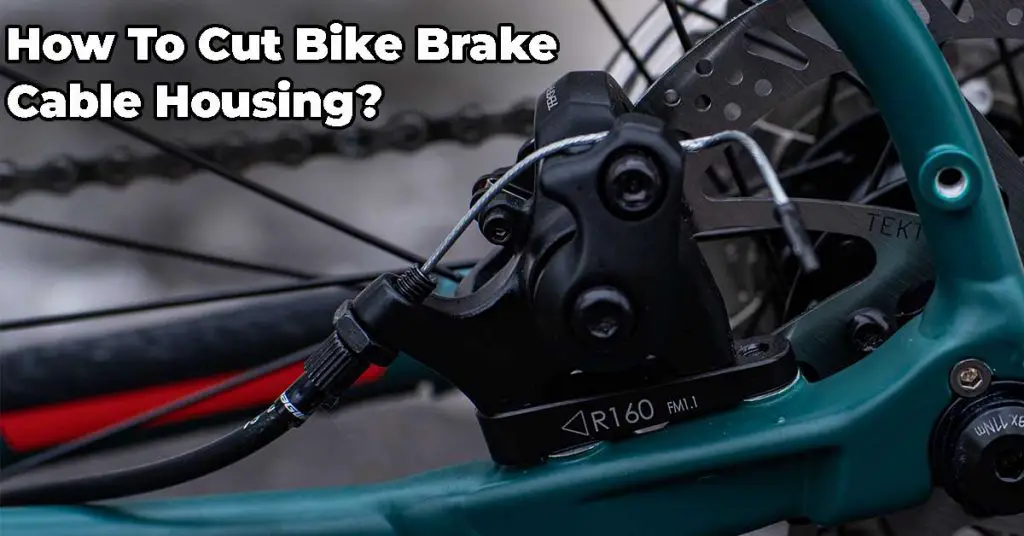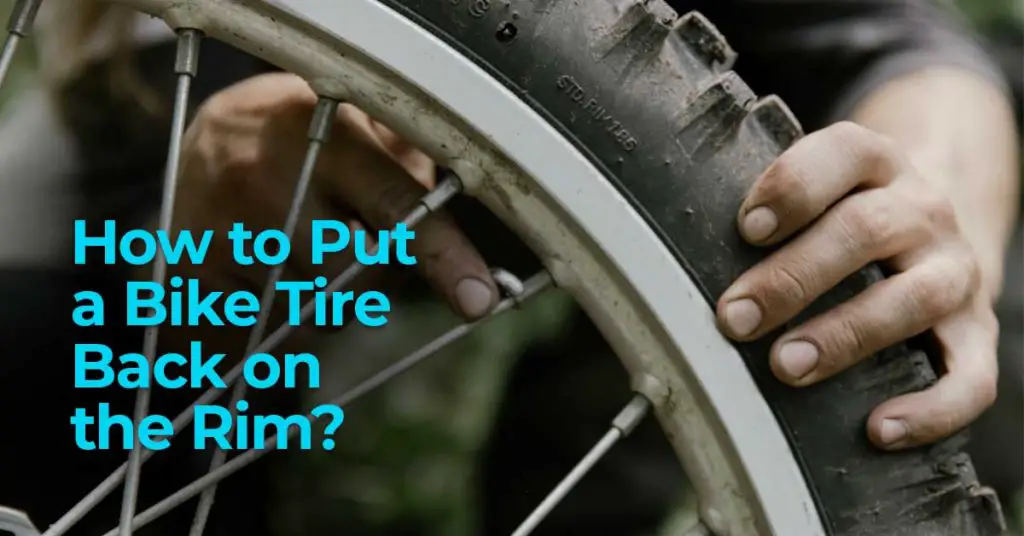Table of Contents
The cable housing is what your brakes and gears are attached to. There are several different types of housing, but brake housing and gear housing both require the same kind of cut on the end of the housing, and it will affect how your brakes and gears work.
Cutting cable housing is a very simple process. You will need the housing itself, a chain breaker, and a set of cable cutters. You also need to decide whether you are cutting gear housing or brake housing. This will have an effect on the size of the cut you make. To cut gear housing you need to cut the housing in a straight line, at a 90-degree angle. If you are cutting brake housing, then you need to cut the housing at a 45-degree angle.
This blog will look at the different kinds of housing and the kind of cut needed for each.
Types of bike cable housing
There are four types of bike cable housing listed below,
- Coiled Steel Brake Housing
- Compressionless, Linear Strand Shift Housing
- Compressionless, Lightweight Alloy
- Completely Sealed Housing
What is the function of cable housing?
The cable housing is what connects the pedal to the bike. It connects the pedal to the bike frame and transfers the energy from your foot to the gears on the bike. There are a few different types of cable housing that you can use. Each material is a little different and may affect the way the bike rides.
Why you need a long cable housing?
The length of the housing should be measured according to your riding style and riding conditions.
1- In dry conditions, if you do not want the chain to come in contact with the cranks, you need longer housing.
2- In wet conditions, mud and water can be contained in between the housing and the frame. If your housing is too long, they will flow into the bike chain through the open end of the housing and causes the chain to mix with the mud and water. For example, if you have a chain with a length of 420 mm and use housing that is too long, the mud and water will flow into the chain and into your bike transmission.
3- In sloppy conditions, you will need to use a longer housing to prevent the mud and water from entering your bike chain.
How to roll cable housing?
There are a few different ways to do it.
- The easiest way is to cut the cable housing to a length that you need and then drop the cable into the housing.
- Another way to do it is to cut the housing and then drop the cable into the housing.
- If you have the housing already cut to the length that you need and the cable already cut to the length that you need, then you can use a cable lacing needle and lacing cord to lace the two pieces together. You can also wrap the cable around some sort of dowel or pen and then just push it through the housing.
How to cut cable housing?
First, get a set of pliers, and a prybar. You need to loosen the cable clamp bolt on the derailleur. The bolt needs to be loose enough so you can pull the cable out of the cable housing, but tight enough that you can still clamp it down when you re-insert the cable.
When housing cable comes off the handlebars, it needs to be cut to match the new length required. A simple cable cutter, which costs $10, can be used to cut the cable housing.
LIVINGO Heavy Duty Electrician Scissors

The most popular way is to use a cable cutting tool. However, you can use strong scissors. Make sure that you wear gloves. To start with, hold the ends of the cable with the tool or the scissor. Then, pull the cable, with the tool or the scissor on the cable. Make sure that the scissor moves in the same direction as the cable. Make sure that you don’t leave any sharp ends.
Muzata Cable Cutter Stainless Steel

Bicycle brake cables are supported by a housing or sheathing which flexes and guides the braking mechanism. The housing also protects the internal components from the elements. While most cables have a protective plastic sleeve that runs along the length of the cable and housing, it is best to cut cables before removing the protective sleeve. If you accidentally nick the brake cable, you will need to remove the broken section and install a new one. To cut the cable, you must position the cable in the housing at the spot you wish to cut. To help prevent nicking the cable, it is best to support the cable in the housing with a pair of pliers or a vice. Once you have the cable in position, you can use a wire cutter to make the cut. A pair of pliers can also be used. After cutting the cable, you can use a file or a pair of wire strippers to remove the excess housing.
Conclusion:
There are lots of reasons you need to cut bike cable housing but remember to never try to shorten the length of it. Although, Using the proper technique can help you cut brake cable housing without damaging the bike or injuring yourself.
While it is possible to cut bicycle brake cable housing, it’s not really recommended. This is because brake cables are constantly being cut and re-cut, so by doing this frequently, you may risk ruining your brakes. For a safer alternative, you may wish to try a cable cutter and a cable cutter tool. I hope you will find this article helpful in a way.





